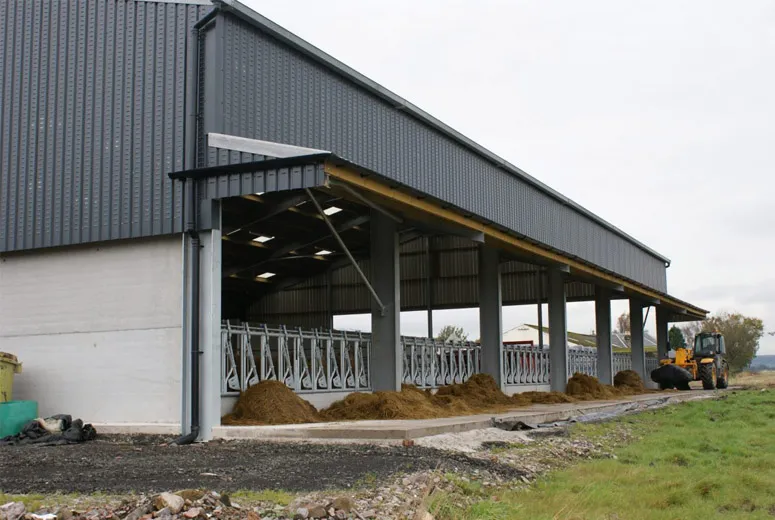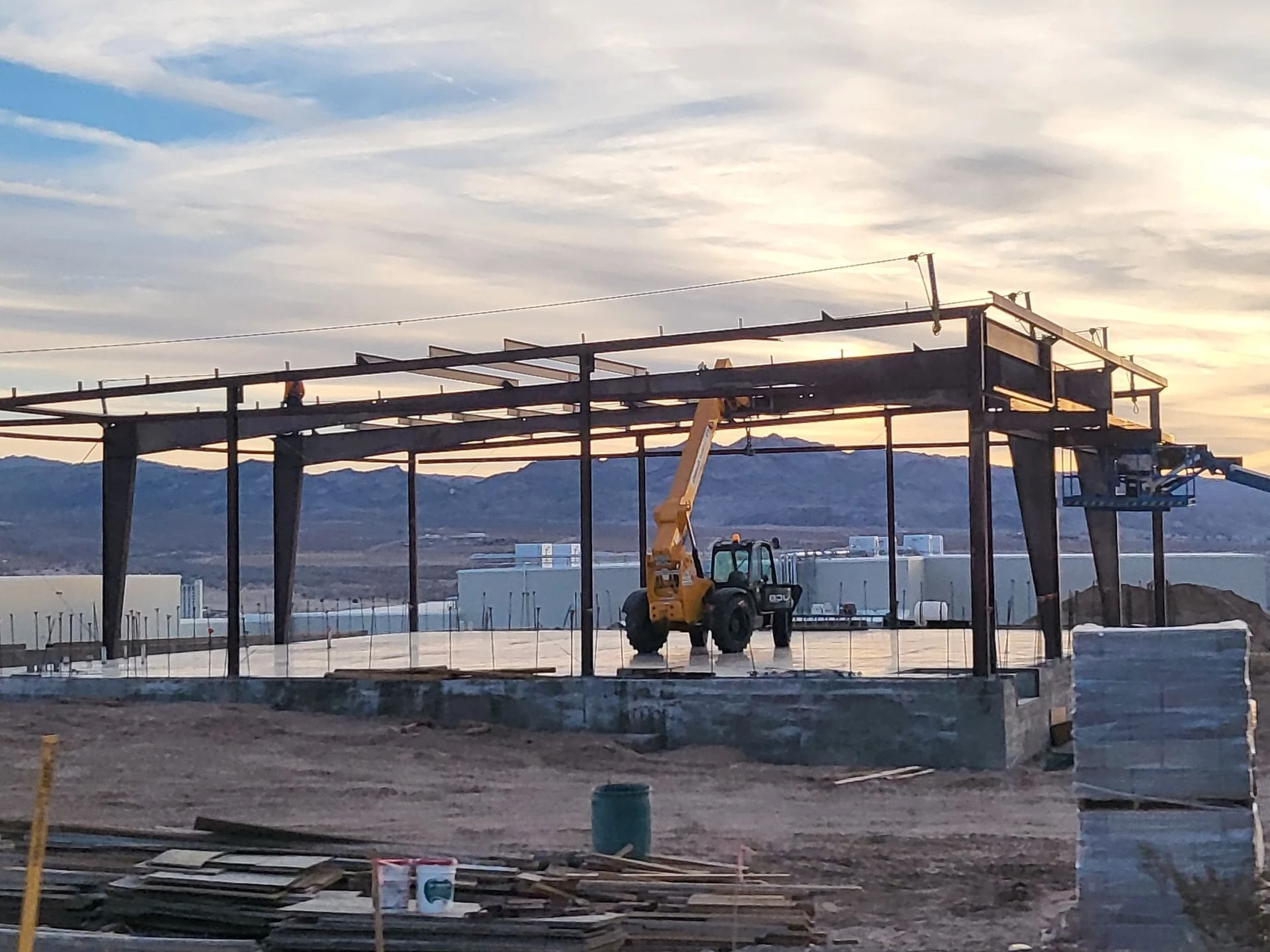- Afrikaans
- Albanian
- Amharic
- Arabic
- Armenian
- Azerbaijani
- Basque
- Belarusian
- Bengali
- Bosnian
- Bulgarian
- Catalan
- Cebuano
- Corsican
- Croatian
- Czech
- Danish
- Dutch
- English
- Esperanto
- Estonian
- Finnish
- French
- Frisian
- Galician
- Georgian
- German
- Greek
- Gujarati
- Haitian Creole
- hausa
- hawaiian
- Hebrew
- Hindi
- Miao
- Hungarian
- Icelandic
- igbo
- Indonesian
- irish
- Italian
- Japanese
- Javanese
- Kannada
- kazakh
- Khmer
- Rwandese
- Korean
- Kurdish
- Kyrgyz
- Lao
- Latin
- Latvian
- Lithuanian
- Luxembourgish
- Macedonian
- Malgashi
- Malay
- Malayalam
- Maltese
- Maori
- Marathi
- Mongolian
- Myanmar
- Nepali
- Norwegian
- Norwegian
- Occitan
- Pashto
- Persian
- Polish
- Portuguese
- Punjabi
- Romanian
- Russian
- Samoan
- Scottish Gaelic
- Serbian
- Sesotho
- Shona
- Sindhi
- Sinhala
- Slovak
- Slovenian
- Somali
- Spanish
- Sundanese
- Swahili
- Swedish
- Tagalog
- Tajik
- Tamil
- Tatar
- Telugu
- Thai
- Turkish
- Turkmen
- Ukrainian
- Urdu
- Uighur
- Uzbek
- Vietnamese
- Welsh
- Bantu
- Yiddish
- Yoruba
- Zulu
មករា . 01, 2025 10:59 Back to list
Steel Column Buildings A Structural Marvel for Modern Architecture
In the realm of contemporary construction, steel column buildings have emerged as a pivotal element contributing to the architectural landscape. Combating the challenges posed by diverse environmental factors, these structures are celebrated for their resilience, versatility, and aesthetic appeal. In this article, we will delve into the features, advantages, applications, and future prospects of steel column buildings.
Understanding Steel Columns
Steel columns are vertical structural elements designed to support loads from beams, slabs, and other structural components of a building. Typically fabricated from rolled steel sections, such as I-beams or H-sections, they can also be constructed using hollow structural tubing. This robust material can withstand immense compressive, tensile, and shear forces, making it ideal for high-rise and large-span constructions.
Steel columns come in various shapes and sizes, tailored to meet specific engineering requirements. Their design can be influenced by several factors, including load-bearing capacity, height, and environmental considerations. With the advancements in steel fabrication technology, columns can now be prefabricated off-site, allowing for quicker construction timelines and reduced waste.
Benefits of Steel Column Buildings
1. Strength and Durability One of the most significant advantages of steel is its high strength-to-weight ratio. Steel columns can carry substantial loads, allowing for the creation of expansive open spaces without the need for excessive interior walls. This characteristic is particularly beneficial in commercial buildings, warehouses, and sports facilities where large unobstructed areas are essential.
2. Fire Resistance Contrary to popular belief, steel possesses inherent fire-resistant qualities. While steel can lose strength at elevated temperatures, modern design practices incorporate fireproofing materials such as spray-applied fire-resistive materials (SFRMs) and intumescent paints. These innovations enhance safety and compliance with building codes.
3. Sustainability Steel is one of the most recycled materials in the world. Utilizing recycled steel in construction minimizes waste and reduces the carbon footprint. Furthermore, steel structures are designed to be adaptable; they can be modified or repurposed, extending their lifespan and promoting sustainability in the built environment.
steel column building

4. Design Flexibility Architects and designers appreciate steel columns for their versatility. They can be crafted into various shapes and styles, allowing for creative and innovative architectural designs. Moreover, steel can be combined with other materials, such as glass and concrete, to create stunning facades that are both functional and visually appealing.
5. Speed of Construction The prefabrication of steel components accelerates the construction process. Erecting steel columns on-site can be accomplished in a matter of weeks, reducing labor costs and minimizing project timelines. This efficiency is especially advantageous in urban settings where construction delays can lead to significant financial implications.
Applications of Steel Column Structures
Steel column buildings are utilized across a diverse range of sectors. The commercial construction industry often employs steel columns in skyscrapers and office complexes, where high strength and minimal interior supports are paramount. In the industrial sector, warehouses and manufacturing facilities frequently utilize steel columns to maximize floor space for storage and machinery.
Educational and recreational facilities, such as schools and stadiums, also benefit from steel columns, allowing for large gathering spaces without intrusive supports. Furthermore, steel is gaining traction in residential construction, particularly in modern homes where open-concept layouts are favored.
Looking Forward The Future of Steel Column Buildings
As technology continues to evolve, the future of steel column buildings appears promising. Innovations in steel production, including the use of high-strength alloys and improved fabrication methods, will enhance performance qualities while reducing costs. Additionally, the integration of smart building technologies can lead to more efficient energy use and improved building management.
Moreover, as sustainability becomes increasingly crucial in construction, the demand for recyclable and energy-efficient materials like steel will grow. The construction industry must adapt, and steel column buildings are well-positioned to lead the way into this sustainable future.
In conclusion, steel column buildings represent a harmonious blend of strength, aesthetic versatility, and environmental mindfulness, making them a cornerstone of modern architecture. Their benefits extend beyond structural integrity, fostering creative design and sustainable practices. As we move forward, the importance of steel column structures in shaping the cities of tomorrow cannot be overstated.
-
Innovative Steel Structure Building Solutions
NewsMay.19,2025
-
Innovative Prefab Metal Shed Solutions
NewsMay.19,2025
-
Durable Steel Horse Shelter Solutions
NewsMay.19,2025
-
Durable Metal Shed Solutions
NewsMay.19,2025
-
Durable Big Metal Shed Solutions
NewsMay.19,2025
-
Durable Barn Red Metal Building Solutions
NewsMay.19,2025
Products categories
Our Latest News
We have a professional design team and an excellent production and construction team.












